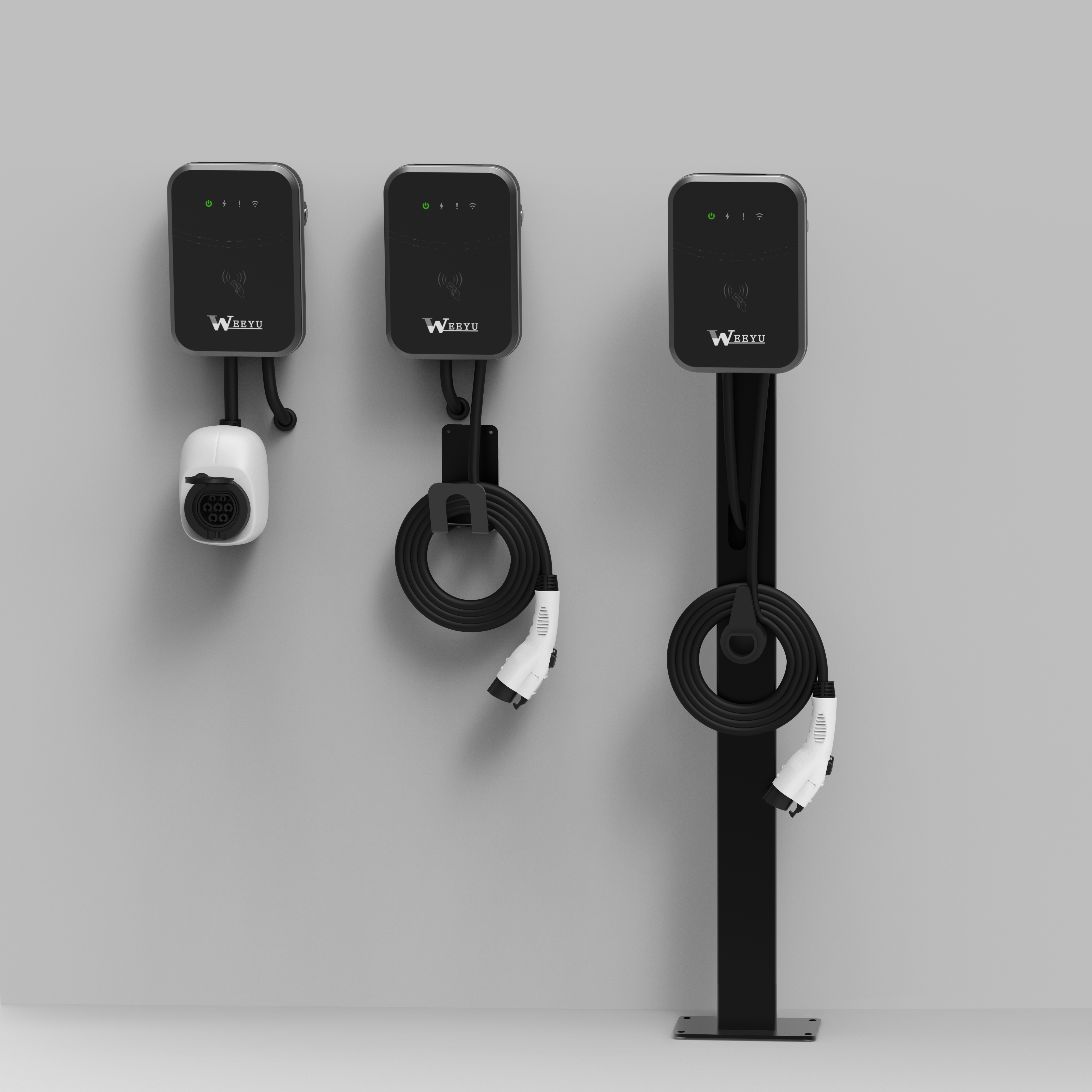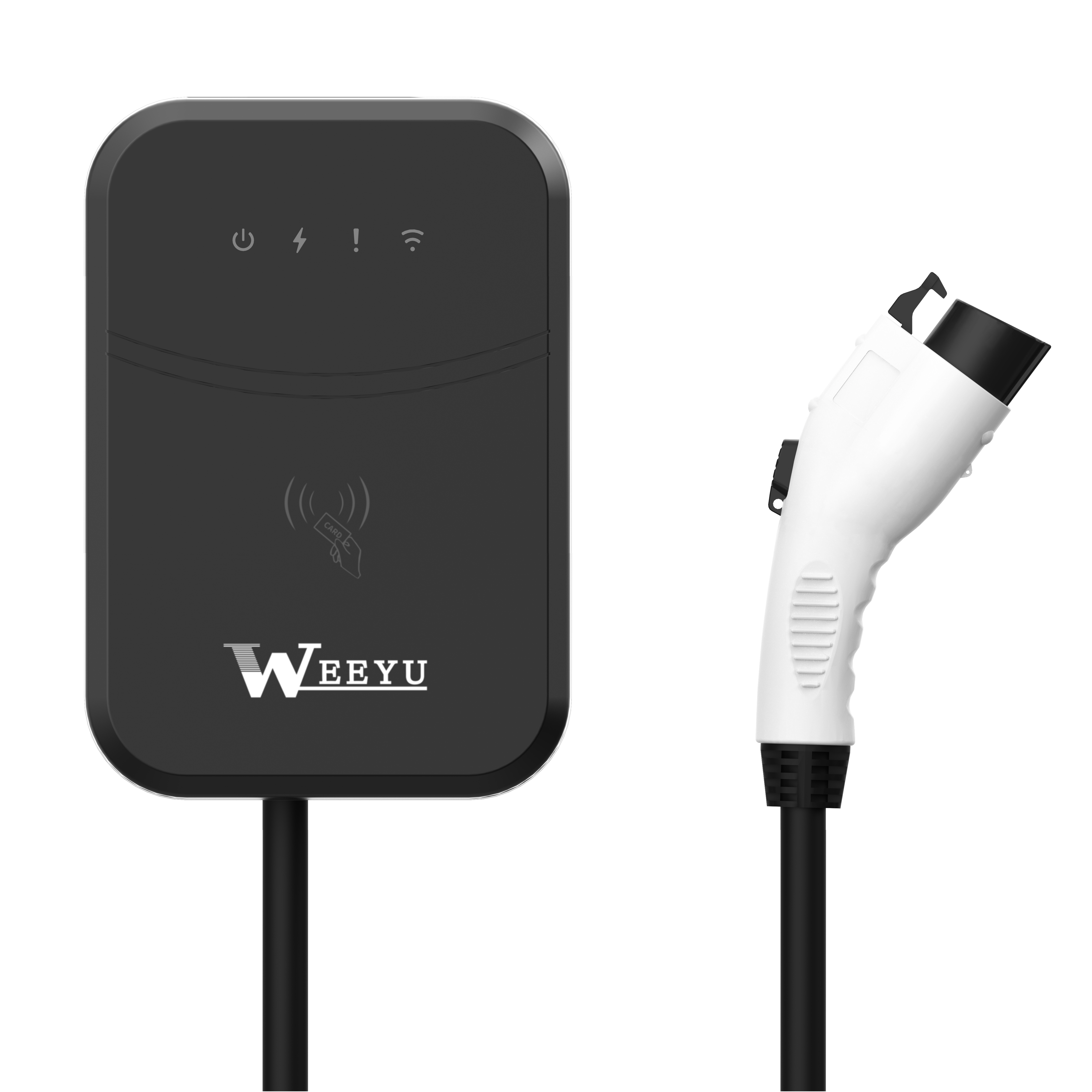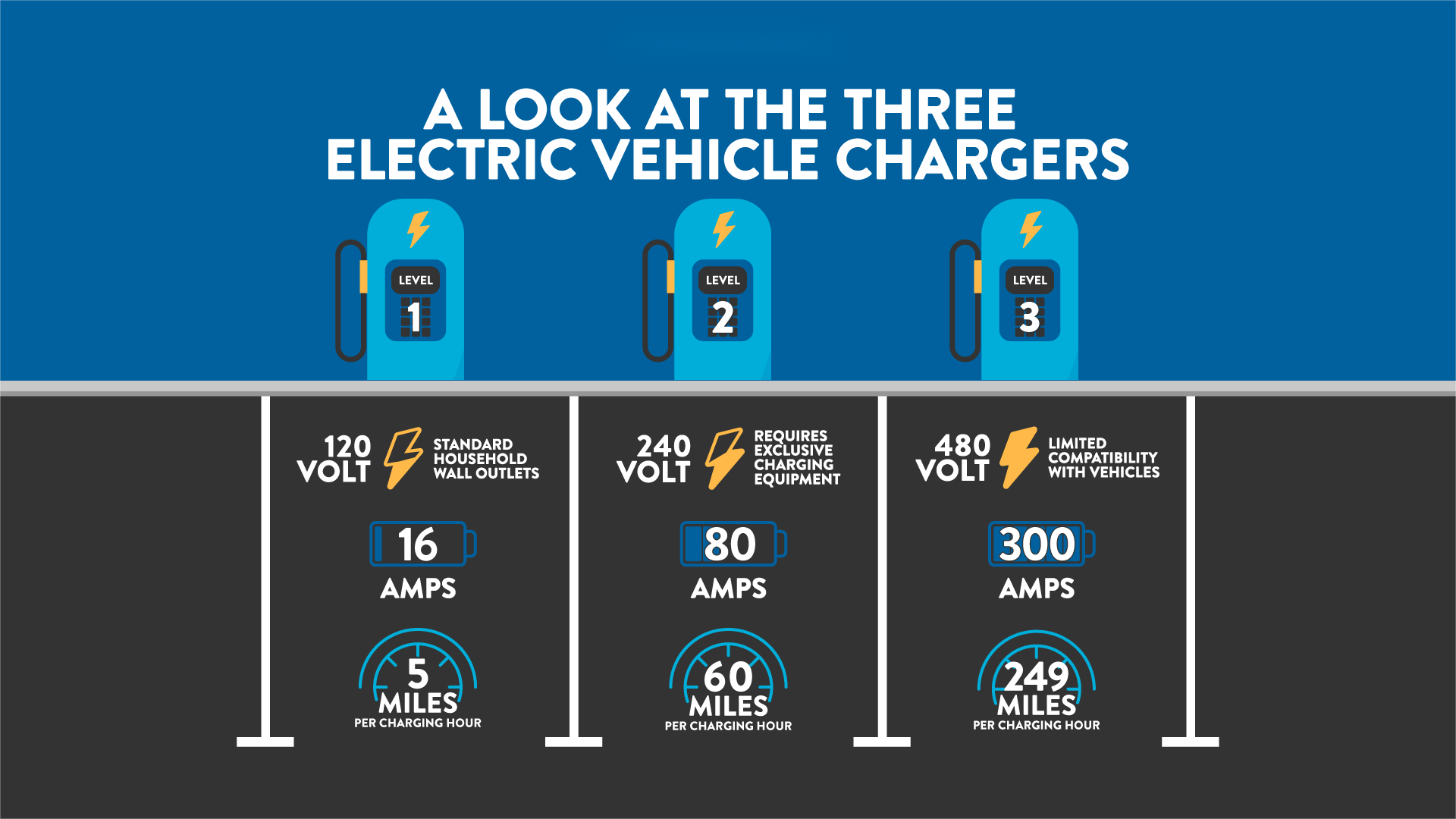Introduction
With the global push for decarbonization, electric vehicles (EVs) are becoming increasingly popular. In fact, the International Energy Agency (IEA) predicts that there will be 125 million EVs on the road by 2030. However, for EVs to become more widely adopted, the infrastructure for charging them must be improved. The EV charging industry faces several challenges, but also many opportunities for growth and innovation.
Challenges for the EV Charging Industry
Lack of Standardization
One of the main challenges facing the EV charging industry is the lack of standardization. There are currently several different types of EV chargers available, each with different charging rates and plug types. This can be confusing for consumers and make it difficult for businesses to invest in the right infrastructure.
To address this challenge, the International Electrotechnical Commission (IEC) has developed a global standard for EV charging, known as IEC 61851. This standard defines the requirements for EV charging equipment and ensures that all chargers are compatible with all EVs.
Limited Range
The limited range of EVs is another challenge for the EV charging industry. While the range of EVs is improving, many still have a range of less than 200 miles. This can make long-distance travel inconvenient, as drivers must stop to recharge their vehicles every few hours.
To address this challenge, companies are developing faster charging technologies that can charge an EV in a matter of minutes. For example, Tesla’s Supercharger can provide up to 200 miles of range in just 15 minutes. This will make long-distance travel more convenient and encourage more people to switch to EVs.
High Costs
The high cost of EV chargers is another challenge for the industry. While the cost of EVs is decreasing, the cost of chargers remains high. This can be a barrier to entry for businesses looking to invest in EV charging infrastructure.
To address this challenge, governments are offering incentives for businesses to invest in EV charging infrastructure. For example, in the United States, businesses can receive tax credits for up to 30% of the cost of EV charging equipment.
Limited Infrastructure
The limited infrastructure for EV charging is another challenge for the industry. While there are over 200,000 public EV chargers worldwide, this is still a relatively small number compared to the number of gasoline stations. This can make it difficult for EV drivers to find charging stations, particularly in rural areas.
To address this challenge, governments are investing in EV charging infrastructure. For example, the European Union has pledged to install 1 million public charging points by 2025. This will make it easier for people to switch to EVs and help to reduce carbon emissions.
Opportunities for the EV Charging Industry
Home Charging
One opportunity for the EV charging industry is home charging. While public charging stations are important, most EV charging actually takes place at home. By offering home charging solutions, companies can provide a convenient and cost-effective way for EV owners to charge their vehicles.
To take advantage of this opportunity, companies can offer home charging stations that are easy to install and use. They can also offer subscription-based services that provide EV owners with access to public charging stations as well as discounts on charging equipment.
Smart Charging
Another opportunity for the EV charging industry is smart charging. Smart charging allows EVs to communicate with the power grid and adjust their charging rates based on electricity demand. This can help to reduce strain on the grid during peak demand times and ensure that EVs are charged at the most cost-effective times.
To take advantage of this opportunity, companies can offer smart charging solutions that are easy to integrate with existing EV charging infrastructure. They can also partner with utilities and grid operators to ensure that their solutions are compatible with the needs of the power grid.
Renewable Energy Integration
Renewable energy integration is another opportunity for the EV charging industry. EVs can be charged using electricity generated from renewable sources such as wind and solar. By integrating renewable energy into the EV charging process, companies can help to reduce carbon emissions and promote sustainable energy use.
To take advantage of this opportunity, companies can partner with renewable energy providers to offer EV charging solutions that use renewable energy. They can also invest in their own renewable energy infrastructure to power their charging stations.
Data Analytics
Data analytics is an opportunity for the EV charging industry to optimize the performance of charging infrastructure. By collecting and analyzing data on charging patterns, companies can identify trends and adjust their charging infrastructure to better meet the needs of EV drivers.
To take advantage of this opportunity, companies can invest in data analytics software and partner with data analytics firms to analyze charging data. They can also use data to inform the design of new charging stations and improve the performance of existing stations.
Conclusion
The EV charging industry faces several challenges, including a lack of standardization, limited range, high costs, and limited infrastructure. However, there are also many opportunities for growth and innovation in the industry, including home charging, smart charging, renewable energy integration, and data analytics. By addressing these challenges and taking advantage of these opportunities, the EV charging industry can help to promote sustainable transportation and reduce carbon emissions.
Post time: Mar-06-2023






